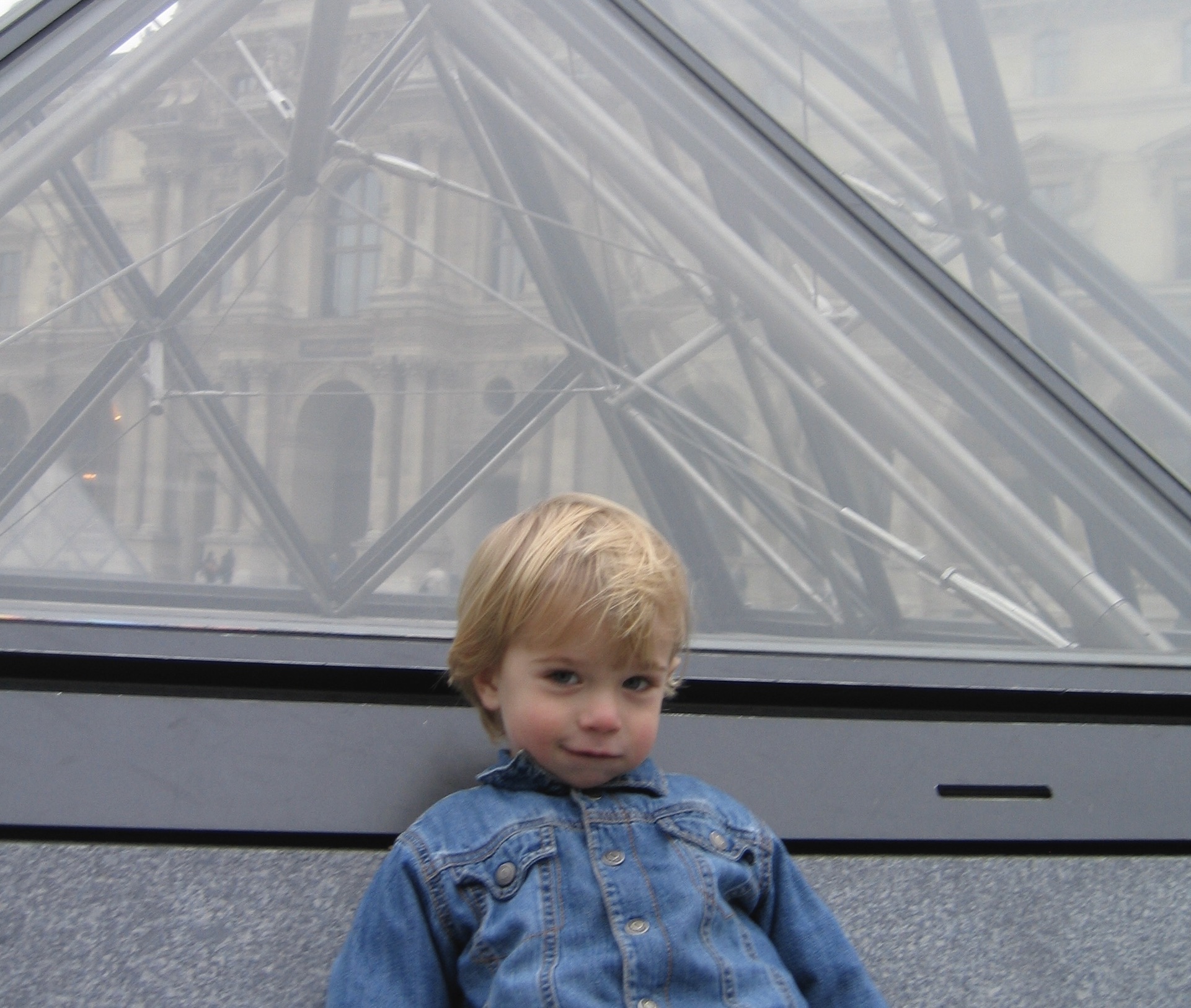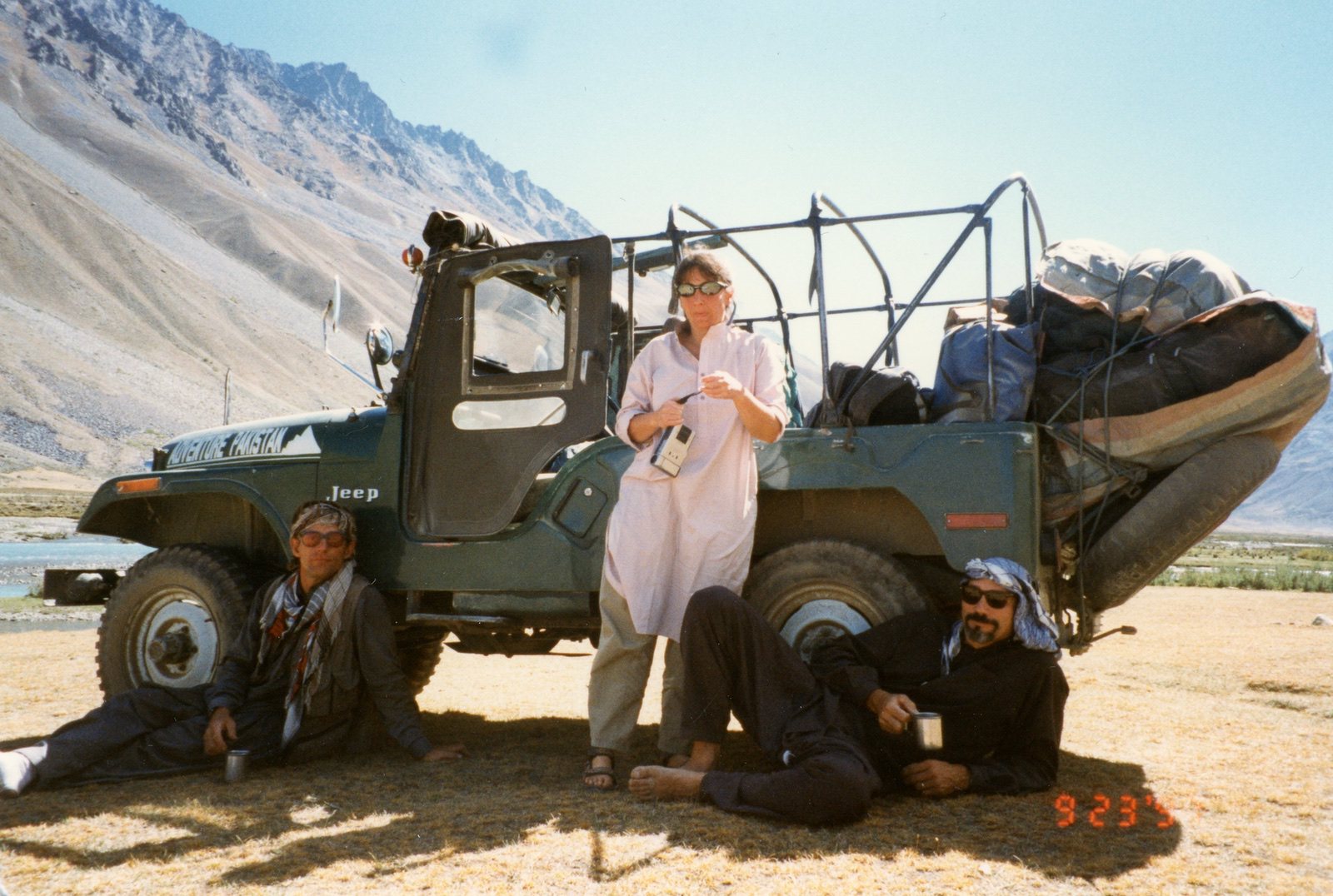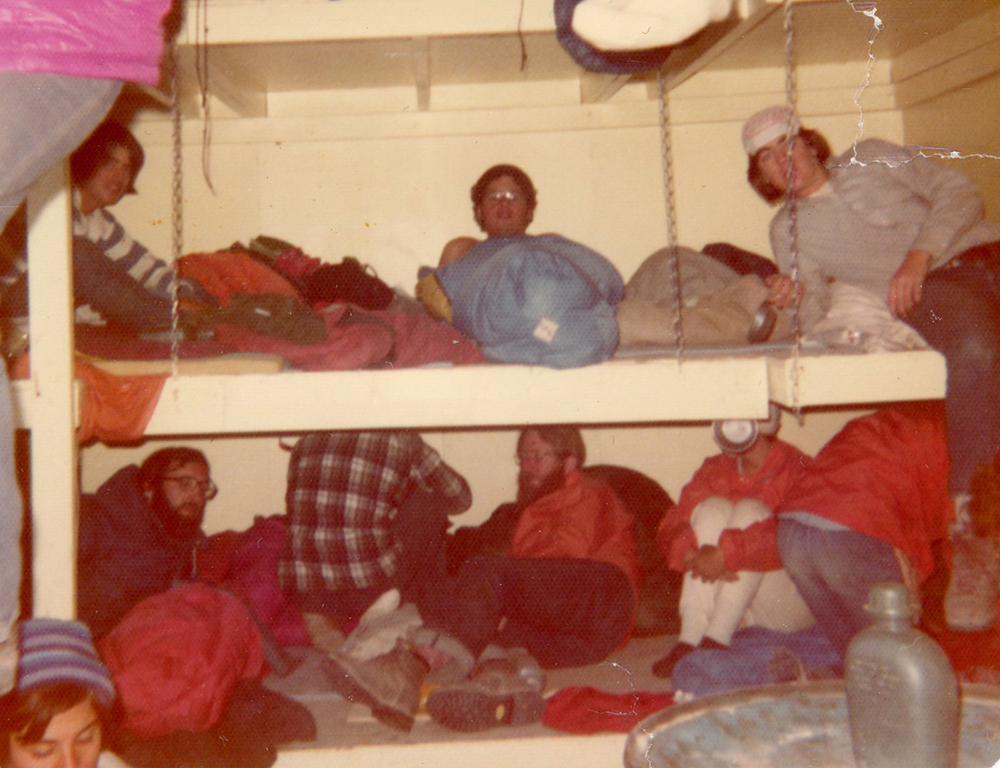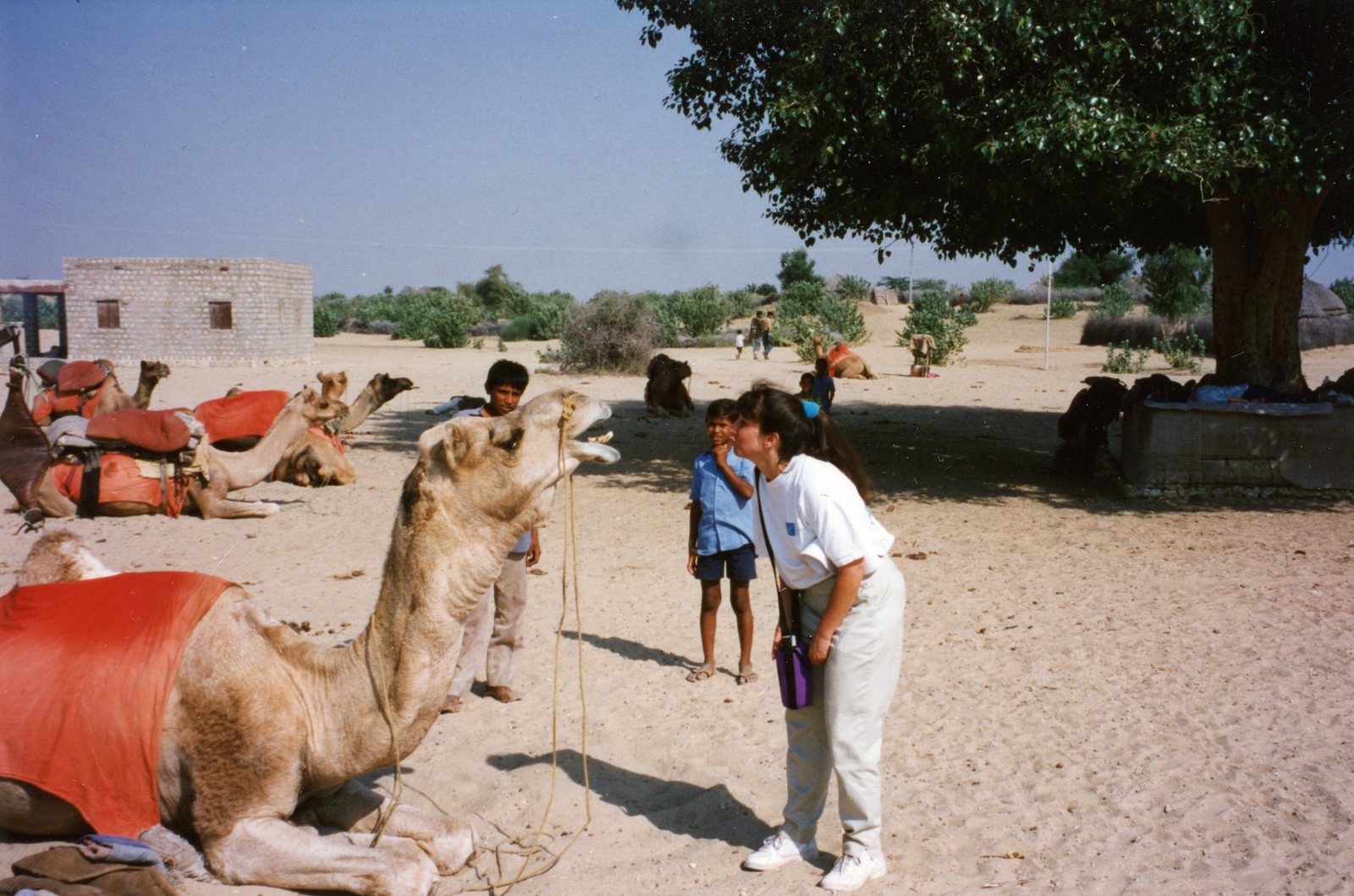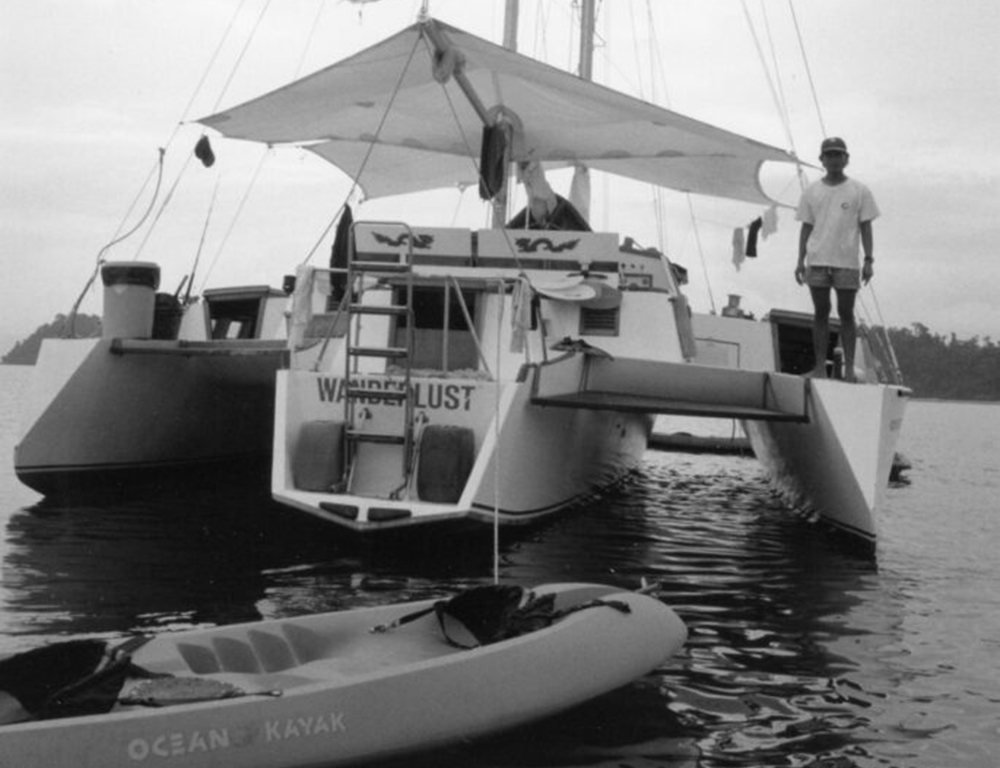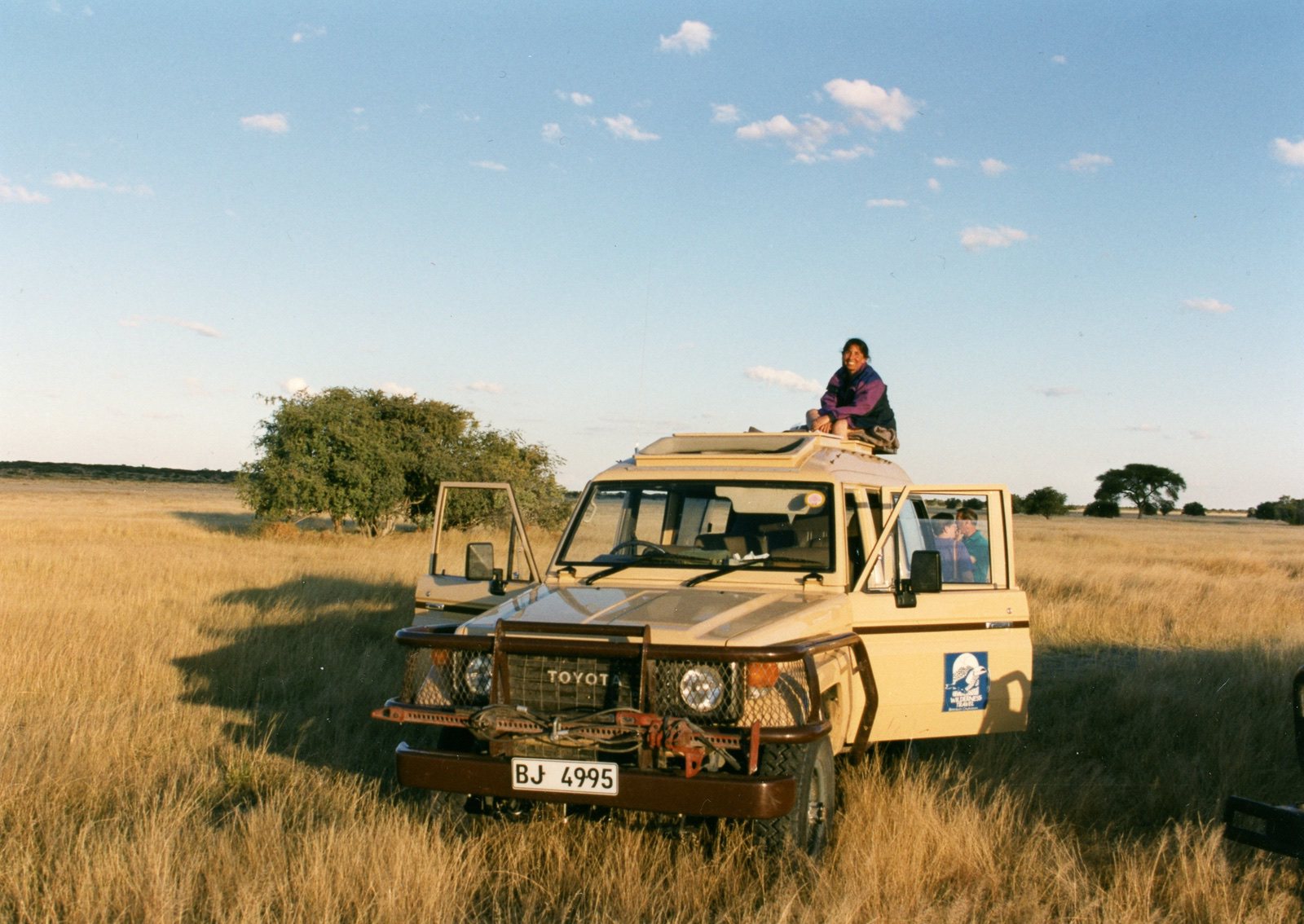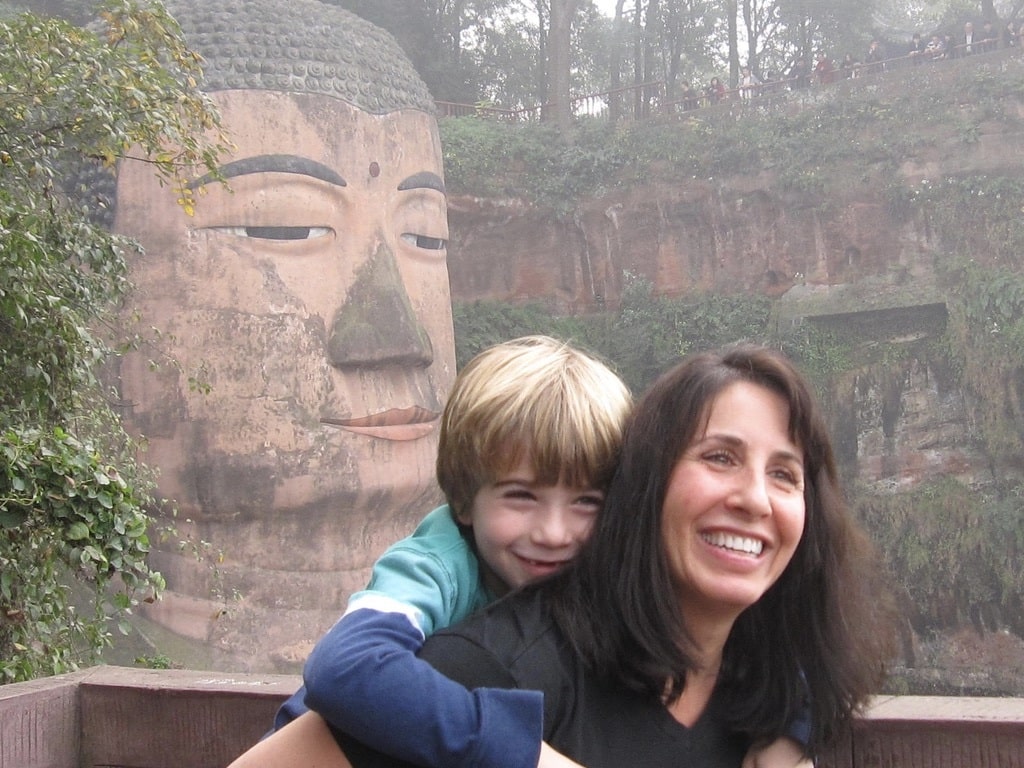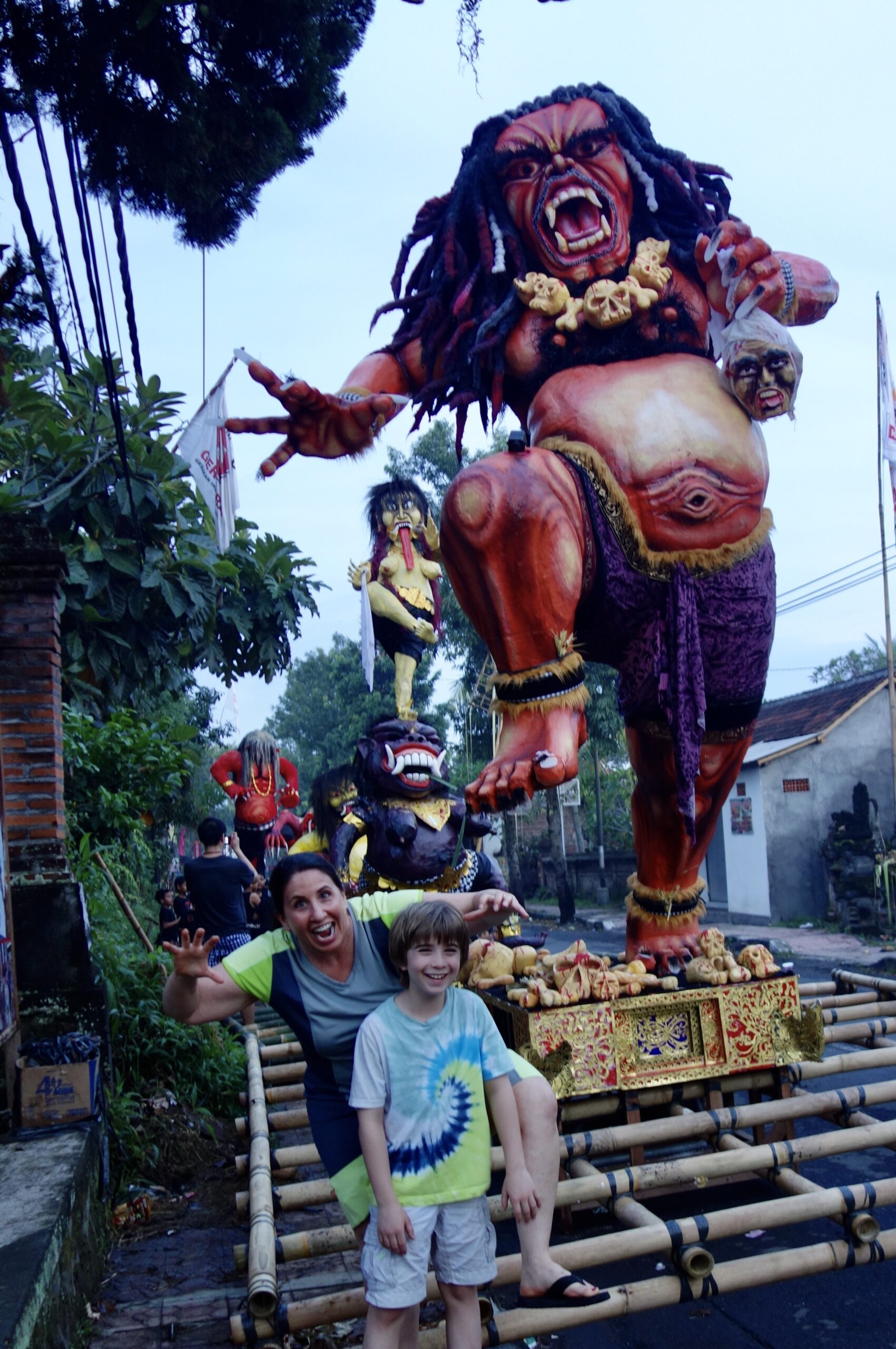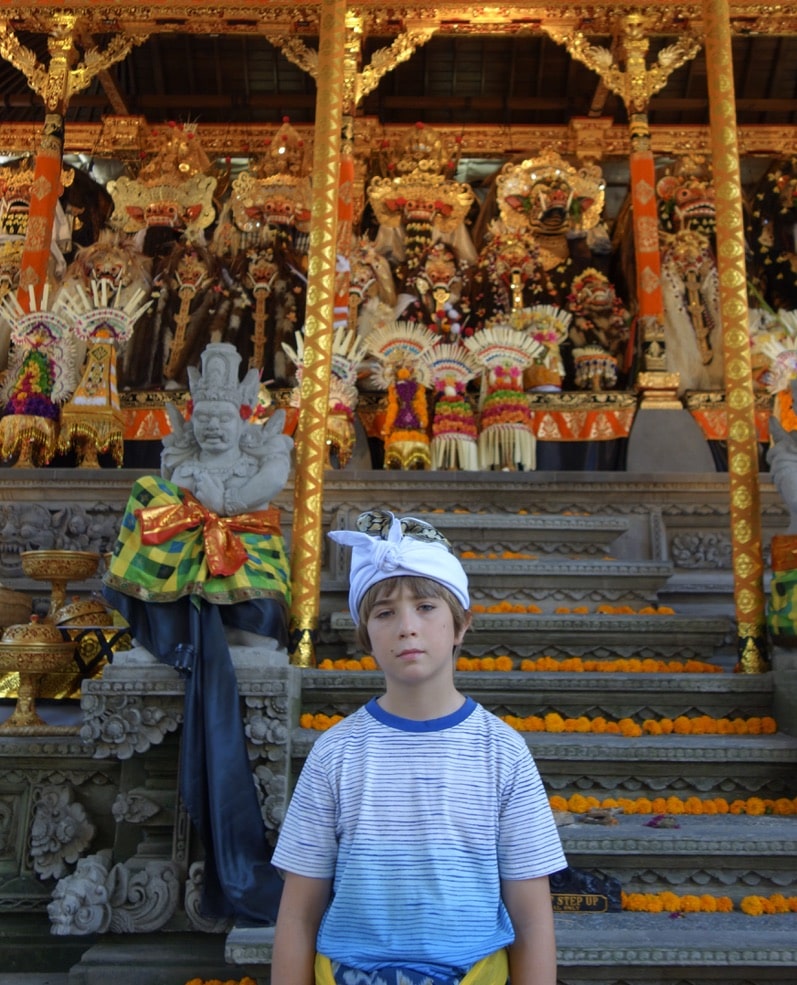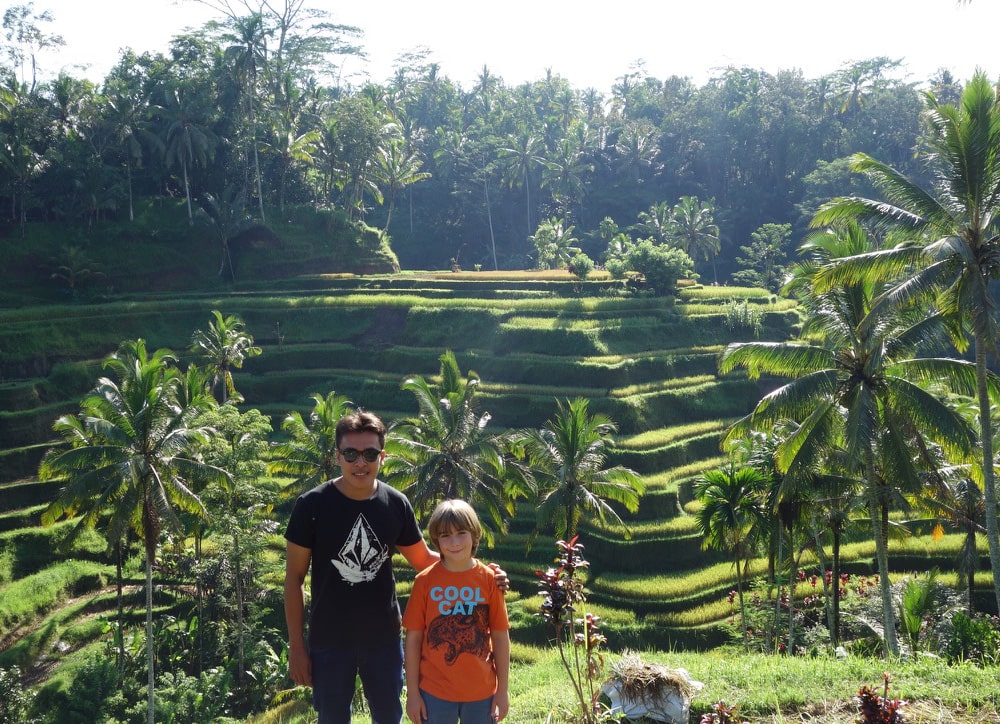Why did Disney locate a theme park near Paris? Parisians don’t like kids, at least not those they can see and hear. And they seem to dislike American kids and their American parents the most. Take an American toddler to Paris, and the disdain is palpable. (Just because it’s a stereotype does not mean it isn’t true!) Nothing in all of my travels without a child, including multiple prior trips to Paris, prepared me for Paris with a twenty-two-month-old.
Parisians hated my wonderful toddler and attacked my parenting before we even arrived in Paris. On our flight there from Chicago, my 22-month-old and I flew coach on a plane with 2-5-2 seating. I booked us a window seat (where the FAA requires car seats be secured) and an aisle seat on the left side of the plane. On boarding, I buckled my toddler into his huge car seat. He sat there without whining, crying, or complaining, just engaging in a bit of toddler chit-chat and singing to himself.
About thirty minutes into the flight, at 5:45 p.m. Chicago time, a French man seated behind us started to insult me, my child, and my parenting abilities. The man claimed to be on Paris time and wanted to sleep. My toddler was on Chicago time and wanted to sing. “Control your child!” this stranger hissed at me through the crack between the seats. I turned around and responded that my child was quiet, and I could not force him to sleep. That was not good enough. The hiss grew louder as this French man berated me, loudly lecturing me on the inadequacy of both American parenting in general and my parenting in particular. He proclaimed that a French parent would cause a French child to sleep. “Control your child,” he commanded, again and again. This loud, belligerent Parisian, not my American toddler, woke anyone who was trying to sleep.
Around seven p.m. Chicago time, my toddler’s usual bedtime, he fell asleep. When we landed in Paris, he was sound asleep. I had anticipated this and had brought a car seat that converted to a stroller—with the flick of a switch, wheels dropped down, and a handle pulled up. But I had not anticipated that the resulting stroller would not fit down the narrow aisle of this coach cabin. How was I going to carry my sleeping toddler, his heavy car seat/stroller, and all of his gear off the plane? (He had walked on himself eight hours earlier.) The angry Parisian seated behind us was not going to help. I could hear him smirking and grumbling even before it was our turn to squeeze into the aisle. Fortunately, several Americans seated around us who had witnessed the earlier attack on American parenting stepped up to help. They blocked the aisle so that rude French man—if that’s not too redundant a description—seated behind me could not exit until I swung my backpack on and held my toddler and his car seat in my arms. Once I got to the first-class cabin, the aisle widened. I pulled the levers, turned the car seat into a stroller, and rolled to the exit.
I made it twenty feet and stopped short. A staircase rather than a jet bridge was beyond the door. I doubt I could have carried a sleeping toddler in a car seat and a bulging backpack down these narrow metal steps in the best of circumstances. I knew I could not do so that morning with a jetlagged brain foggy from lack of sleep, cramped limbs from sitting in coach for over eight hours, and hundreds of similarly jetlagged people lined up behind me. My toddler and I would have tumbled down. So, I just stood there while the line of passengers coming up aisles on both sides of the plane stopped abruptly and waited impatiently. As passengers started to slide past me, a tall, strong American offered to help. He took Jake and the car seat/stroller out of my arms and carried down him the steps. At the bottom, I flipped the lever and again turned the car seat into a stroller, and regained control. I rolled the stroller through the yellow lines painted on the tarmac, and we made it into the airport, just barely.
Then I stood there, staring at yet another staircase to mount. I scanned the area looking for an escalator or elevator. Nothing. Didn’t any French women travel with children and strollers? Were people with physical disabilities not allowed to travel in Paris? As I debated which would be worse, trying to carry Jake and the stroller or trying to wake Jake and get him to walk up the stairs, a French man—not the one seated behind us—stopped beside me. Lifting Jake and the stroller, he said, “I will help you, but you are in Paris, and no one is going to help you again.” He was right. The entire three weeks we spent in Paris, no one helped us.
In Chicago, we often rode the el, Chicago’s elevated commuter trains, for transit and fun. My toddler liked riding the train. Faced with a turnstile or staircase that I could not maneuver, someone always offered to help. Not in Paris. The Metro, Paris’ subway system, was treacherous with a toddler. (Accessibility is somewhat improved now, see the linked map below) Most of the turnstiles were too narrow to allow a stroller to roll through, and I needed to climb steep staircases to and from the tracks, no escalators or elevators. I could not leave a toddler alone at the top of a long steep staircase while I carried the stroller down, and I was not strong enough or steady enough to carry a toddler and a stroller up or down long, steep stairs. If the friend I met in Paris and I were together, we managed. One of us stayed with both kids while the other carried the strollers down or up and returned for her kid. During all of this packing and unpacking gear, folding and unfolding strollers, and carrying toddlers up and down staircases, not a single Parisian ever offered to help.
After a few near-death experiences trying to manage on my own, I gave up. I like to walk, and my toddler liked to ride in his stroller, so that’s what we did rather than face the Metro’s obstacles. The fall weather that late September and early October was glorious. My toddler and I walked all over Paris. Most of our walks ended in the Jardin de Tuileries, which was just across Place du Carrousel (in front of the Pyramide du Louvre) and around the corner from the apartment we rented on Rue Saint-Honoré. He loved to stop at the Grand Bassin Rond and watch the toy sailboats in front of the fountain. And we both loved the Musée de l’Orangerie at the other end of the Jardin des Tuileries. This active toddler stood still and stared in awe at the massive, curved panels displaying Monet’s water lily paintings.
On foot, we also found playgrounds in unexpected places. Tucked on the side of Notre Dame Cathedral, there is a small playground with swings and spinners. Behind Notre Dame, there is also a lovely green space with a gravel area where Jake ran around and kicked a soccer ball, which I always kept in the basket of his stroller for just such occasions. The striking 260 black and white striped columns sculpted by Daniel Buren and Pol Bury’s Kinetic Mirror Ball Sculpture Fountain, with its giant metal balls moving up and down with the rhythm of the water and reflecting each other and observers at the Jardin du Palais Royal was another fun stop near our apartment. Jake climbed on the columns and watched his reflection in the fountain’s metal balls, which were bigger than he was. But what he liked better was a large, circular children’s sandbox we discovered down the long gravel path, shaded by a double row of trees, at the other end of the garden. French toddlers are nicer than their parents. French haughtiness must be learned, not genetic. They shared their buckets and shovels with him. My American toddler happily played with the French toddlers, ignoring the grand colonnades surrounding him.
But then it would be dinner time, and we were pariahs. No one would feed us. To be clear, I was not trying to take my toddler to a Michelin star restaurant at 9:00 on a Saturday night. Early in the evening, we would go to a casual-looking restaurant where people were seated indoors with their dogs splayed across the floor. I would ask to be seated, and the maître d’ invariably directed us to the empty tables outside. I would ask to be seated inside, please, like all the other diners. It was cool in the evenings, and we did not want to sit outside. The reply was always the same: “Ouf, you cannot come inside with that child.” “Ouf,” slang for “are you crazy,” said with disdain and arrogance, describes in one word the Parisians’ attitude toward children, especially American children. My child had to eat outside, while Parisian dogs were allowed to dine indoors.
Fortunately, my well-loved toddler had no idea that no one in Paris liked him. He enjoyed the wonders of Paris, so I did too.
Traveling now? The Paris Metro is slightly more accessible than when my son was a toddler. Accessible stations are marked on the linked plan: https://parisbytrain.com/wp-content/uploads/2018/06/paris-wheelchair-accessible-metro-rer-tram-train-stations.pdf
The Bonjour RATP app iOS and Android also indicates accessible stations: https://www.ratp.fr/en/apps/bonjour-ratp
For a view on French parenting (entertaining even if you disagree, as I do), try reading Bringing Up Bébé by Pamela Druckerman https://pameladruckerman.com/bringing-up-bebe/
When you start to think it is not worth it, pay a visit to the Musée de l’Orangerie.https://www.musee-orangerie.fr/fr
